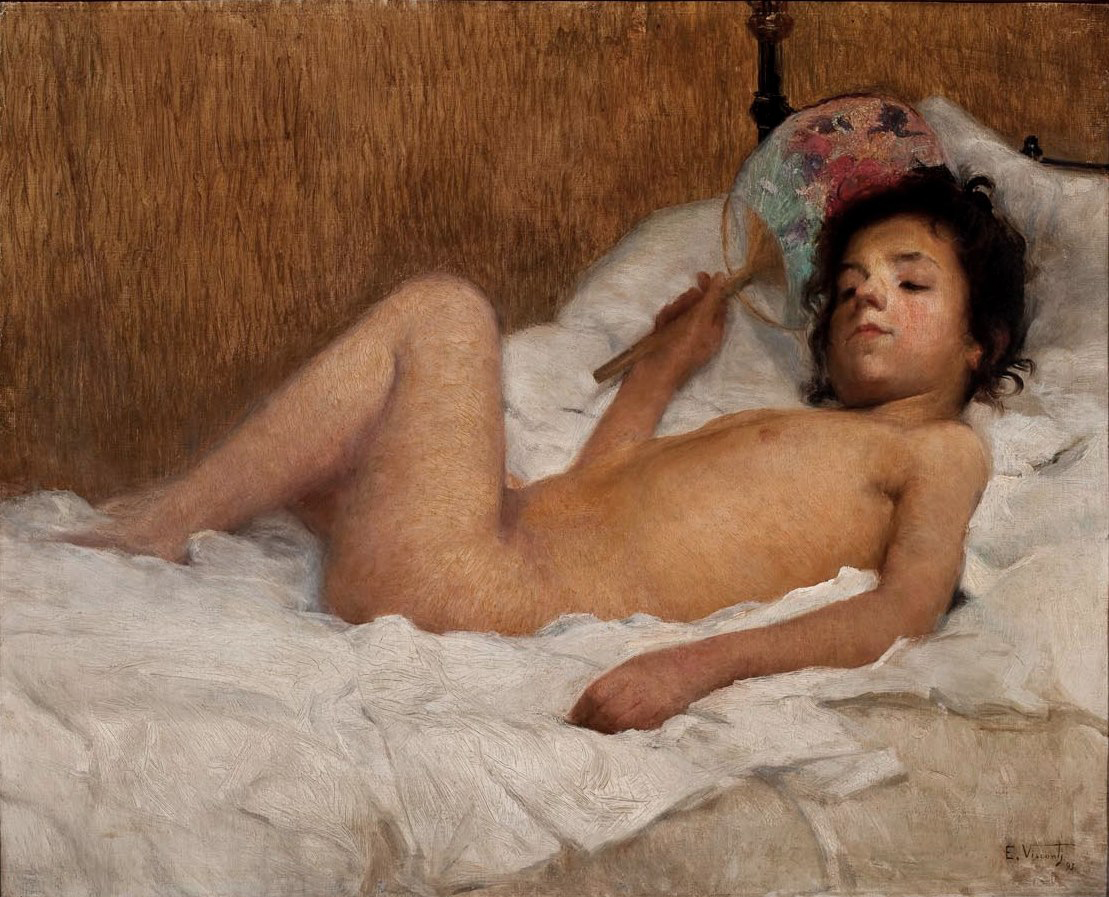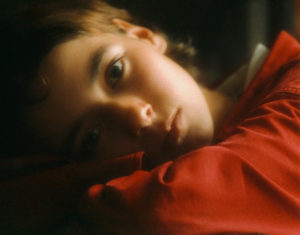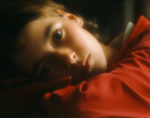
Le recueil de vers La Chanson des Gueuses de Broustaille tourne autour des bas-fonds de Paris, les déclassés, mendiants, prostituées et criminels. En particulier, sa section Les Charnelles est consacrée aux femmes que la misère contraint à vendre leurs charmes. Son titre est précédé par le sous-titre « Fleurs de joie, fleurs de peine » et suivi de l’invocation « A Toi, ô doux Galiléen qui relevas Magdeleine, ce livre de piété. » En effet, Broustaille partage une vision misérabiliste chrétienne de la pauvreté et de la prostitution, et n’y voit d’autre solution que la rédemption religieuse. CONTINUE READING / CONTINUER LA LECTURE…


